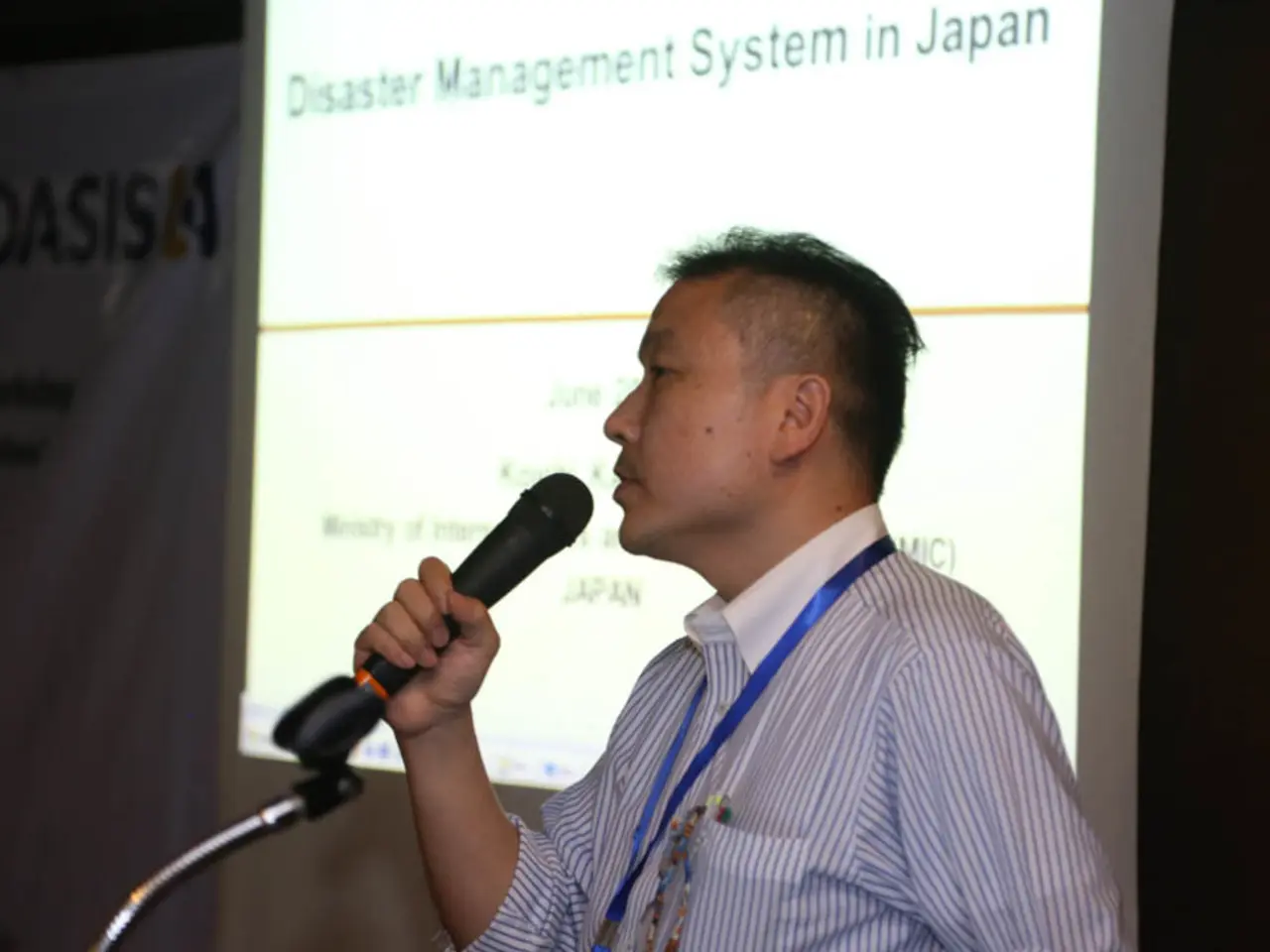United States to Receive Funding from Japan, Following Diplomatic Meetings
Japan is set to make significant investments in the United States, following the recent trade agreement reached between the two countries. The strategic areas for these investments include energy infrastructure and production (including LNG), semiconductors, critical minerals, pharmaceuticals, shipbuilding, steel, automobiles, and AI technologies.
The Japanese government has committed to invest up to $550 billion, which is the largest foreign investment commitment ever secured by a country. This investment will be directed by the U.S. to rebuild and expand core American industries.
Regarding the potential tariffs on imported drugs, the agreement includes a compromise that sets a 15% tariff rate on Japanese imports, down from the 25% tariff previously threatened. Although specific details on tariffs for pharmaceuticals are not separately highlighted, pharmaceuticals are mentioned as one of the sectors targeted for investment. This suggests cooperation in maintaining supply and possibly mitigating tariff impacts through investment.
The U.S. side is expected to propose various investment project candidates to the Japanese side, and the Japanese government intends to hold further discussions to organize these investment projects. The exact details of these projects have not yet been specified.
The agreement does not guarantee that Japan will not be affected by the proposed tariffs on imported drugs. However, it ensures that Japan will not be treated unfairly in relation to other countries regarding these tariffs.
Chief Cabinet Secretary Yoshimasa Hayashi stated that both Japan and the United States will work steadily to fulfill the agreement. Hayashi also declined to comment directly on U.S. President Donald Trump's plan to raise tariffs gradually on imported drugs to 250%.
In summary, the investment vehicle controlling these funds gives the U.S. government influence, ensuring alignment to U.S. strategic industrial priorities and helping to offset tariffs by fostering domestic industry growth and secure supply chains. The two countries plan to resolve tariff-related challenges by combining a reduced tariff rate with large-scale targeted Japanese investments in critical U.S. sectors, including pharmaceuticals.
- The Japanese government's $550 billion investment in core American industries, as part of their commitment to rebuild and expand these sectors, is projected to include investments in pharmaceuticals, demonstrating a strategic interest in this sector.
- The combination of a 15% tariff rate on Japanese imports of pharmaceuticals, as per the agreement, and potential large-scale investments in this sector, imply a collaborative effort by Japan and the United States to ensure supply and potentially mitigate tariff impacts through investment, in the realm of general-news and politics.




